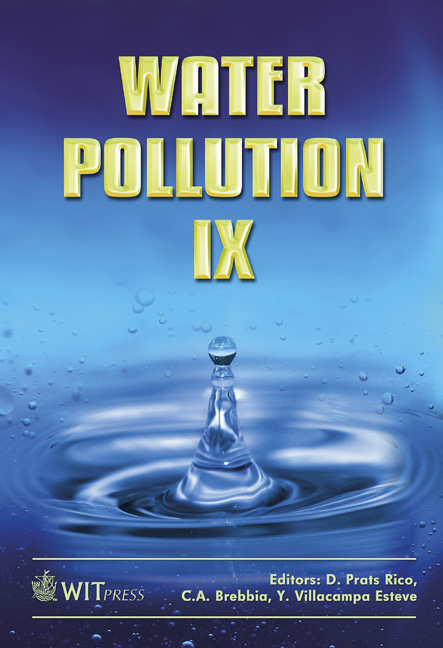A \“State Of The Art” Environmental Monitoring And Sensing Network For The Nile River In Egypt
Price
Free (open access)
Transaction
Volume
111
Pages
9
Page Range
197 - 205
Published
2008
Size
733 kb
Paper DOI
10.2495/WP080191
Copyright
WIT Press
Author(s)
S. Abdel-Gawad, H. Khan & A. A. Khan
Abstract
The Nile River in Egypt is the primary source of water for a multitude of strategically important water uses such as drinking, fishing, industrial, livestock and irrigation and there is a critical need to ensure the security of the Nile River against any natural or anthropogenic threats. Addressing this need, a \“state of the art” environmental monitoring and sensing system is being implemented for the Nile River in Egypt through a NATO \“Science for Peace” Project. The \“Science for Peace” project, initiated in July 2007, is setting up an environmental security and water resources management system for the Nile River using a real time water quality warning and communication. The real time water quality warning will be provided through a four station Real Time Water Quality monitoring index network complemented with an automated weather station with a central command centre. In parallel, an Egyptian Water Quality Index, a critical tool for water resources management, will be developed to evaluate and communicate the suitability of water bodies in Egypt for various uses such as drinking, irrigation, livestock, aquatic life and recreation. This paper outlines the concept behind the environmental monitoring network, its scope, and environmental benefits. The paper also outlines how Egypt plans to expand the index network to address trans-boundary monitoring of the Nile River. Keywords: environmental security, environmental monitoring network, hydrolab datasonde, real time water quality monitoring, water quality index, water uses, communication command centre, and trans-boundary water governance.
Keywords
environmental security, environmental monitoring network, hydrolabdatasonde, real time water quality monitoring, water quality index, water uses,communication command centre, and trans-boundary water governance.





